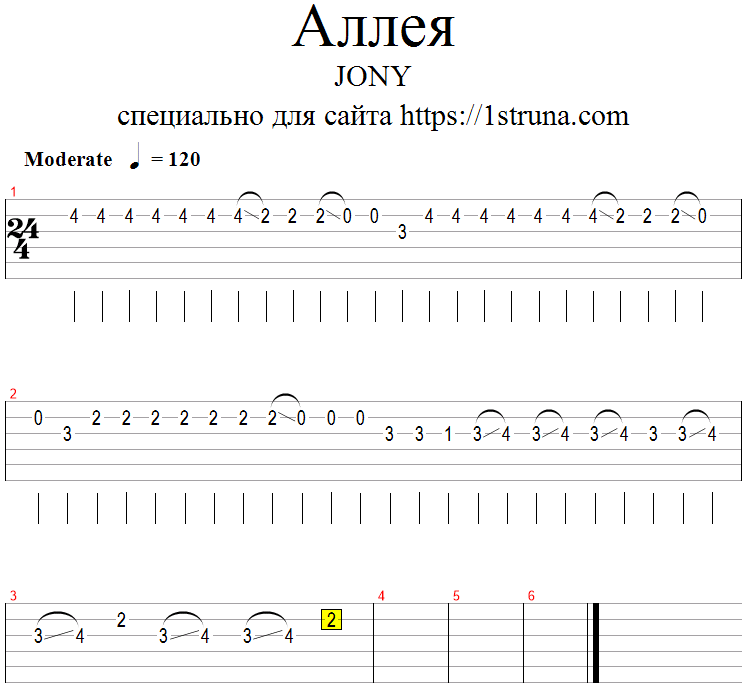
Two sides of the coin vibrate on the same string
Albert Einstein never managed to create a unified theory that explained the whole world in one coherent structure. Over the course of a century, researchers combined three of the four known physical forces into what they called the Standard Model. However, there remains a fourth force, gravity, which does not quite fit into this mystery.
Or maybe it is?
Thanks to the discoveries and conclusions of physicists associated with the famous American Princeton University, there is now a shadow of a chance to reconcile Einstein's theories with the world of elementary particles, which is ruled by quantum mechanics.
Although it is not yet a "theory of everything", work carried out more than twenty years ago and still being supplemented reveals amazing mathematical patterns. Einstein's theory of gravity with other areas of physics - primarily with subatomic phenomena.
It all started with footprints found in the 90s Igor Klebanov, professor of physics at Princeton. Although in fact we should go even deeper, in the 70s, when scientists studied the smallest subatomic particles called quarks.
Physicists found it odd that no matter how much energy the protons collided with, the quarks couldn't escape—they invariably remained trapped inside the protons.
One of those who worked on this issue was Alexander Polyakovalso professor of physics at Princeton. It turned out that the quarks are "glued" together by the then new named particles praise me. For a while, researchers thought that gluons could form "strings" that bind quarks together. Polyakov saw a connection between particle theory and stru theorybut was unable to substantiate this with any evidence.
In later years, theorists began to suggest that elementary particles were actually small pieces of vibrating strings. This theory has been successful. Its visual explanation can be as follows: just as a vibrating string in a violin generates various sounds, string vibrations in physics determine the mass and behavior of a particle.
In 1996, Klebanov, together with a student (and later a doctoral student) Stephen Gubser and Postdoctoral Fellow Amanda Pete, used string theory to calculate gluons, and then compared the results with string theory for.
The team members were surprised that both approaches produced very similar results. A year later, Klebanov studied the absorption rates of black holes and found that this time they exactly matched. A year later, the famous physicist Juan Maldasena found a correspondence between a special form of gravity and a theory describing particles. In subsequent years, other scientists worked on it and developed mathematical equations.
Without going into the subtleties of these mathematical formulas, it all came down to the fact that gravitational and subatomic interaction of particles are like two sides of the same coin. On the one hand, it is an extended version of gravity taken from Einstein's 1915 general theory of relativity. On the other hand, it is a theory that roughly describes the behavior of subatomic particles and their interactions.
Klebanov's work was continued by Gubser, who later became a professor of physics at ... Princeton University, of course, but, unfortunately, he died a few months ago. It was he who argued over the years that the grand unification of the four interactions with gravity, including the use of string theory, could take physics to a new level.
However, mathematical dependencies must be somehow confirmed experimentally, and this is much worse. So far there is no experiment to do this.
See also:
